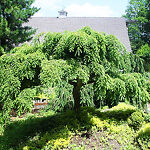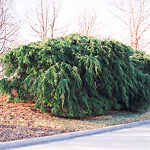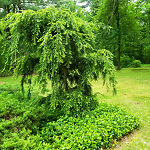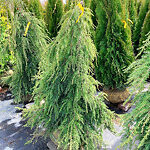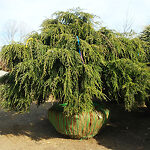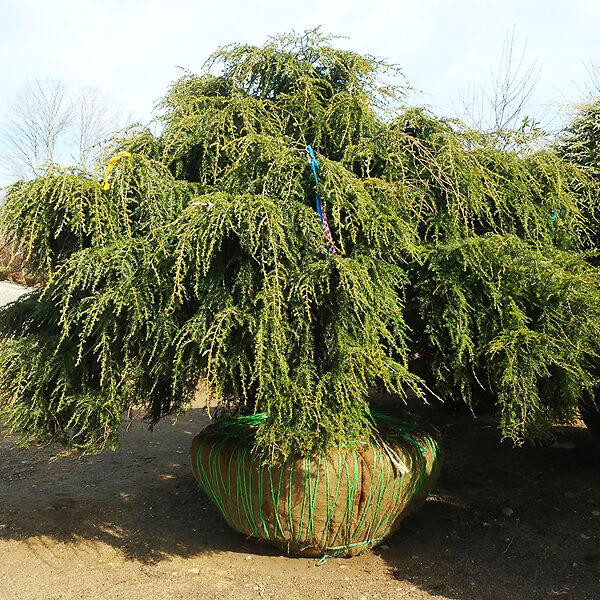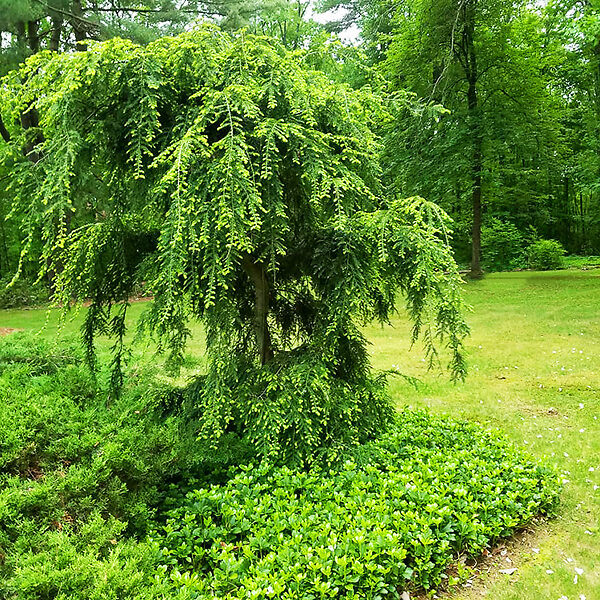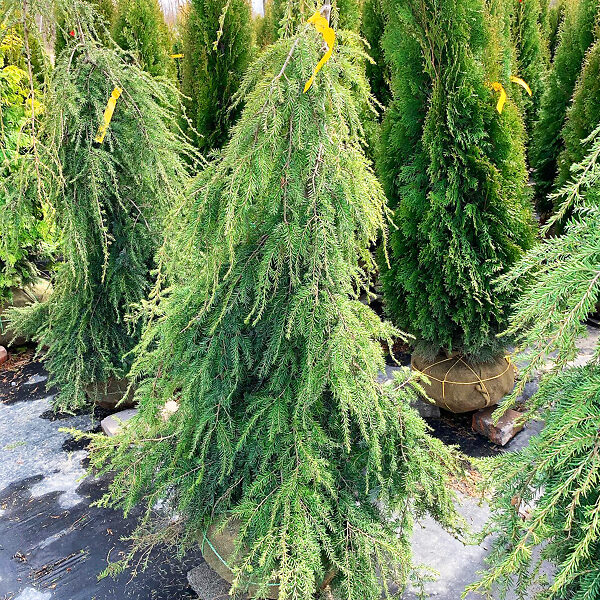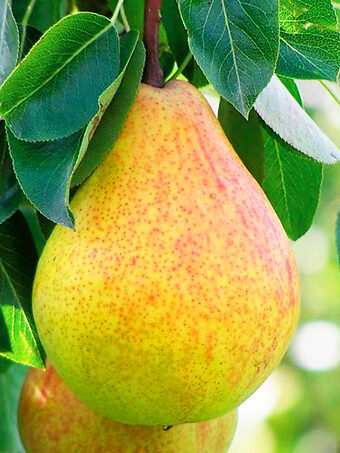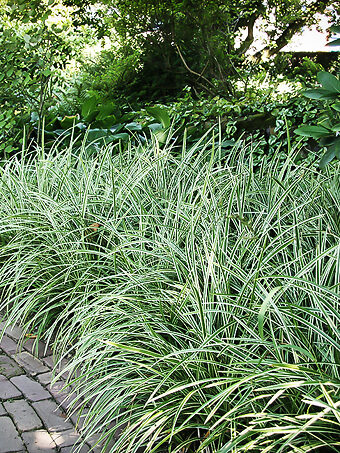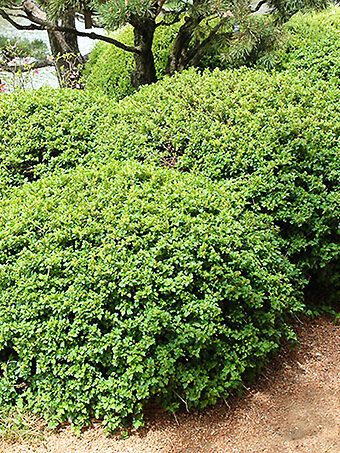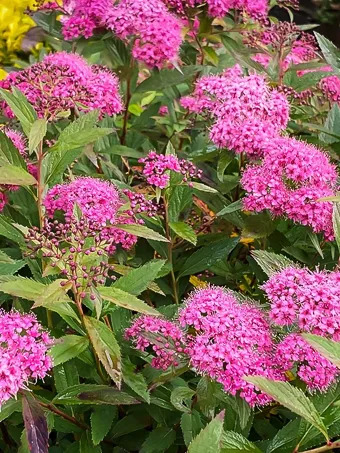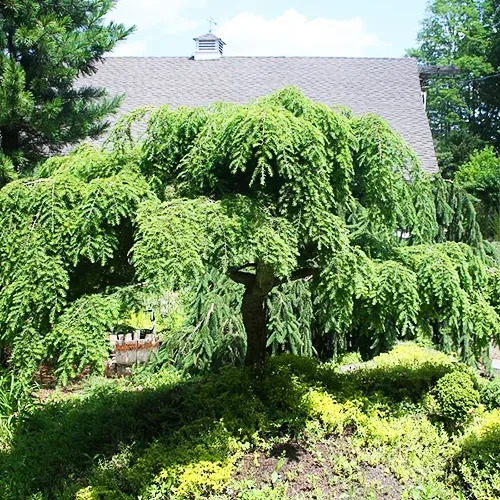
Sargent’s Weeping Hemlock
Tsuga canadensis f. pendula (= ‘Sargentii’)View more from Hemlock Trees
Sargent’s Weeping Hemlock
Tsuga canadensis f. pendula (= ‘Sargentii’)
30 day - ARRIVE AND THRIVE™ guaranteeLearn more


Special Features

Botanical Name
Tsuga canadensis f. pendula (= ‘Sargentii’)
Outdoor Growing zone
4-8
Mature Height
5-10
Mature Width
10-30
Sun needs
Full Sun, Partial Sun
DOES NOT SHIP TO
AK, CA, HI, PR
Sargent’s Weeping Hemlock is a broad, spreading evergreen with weeping branches, that will reach 5 feet tall and 10 feet wide relatively quickly, maturing to as much as 30 feet across. It has horizontal or trailing branches covered in dark-green needles, and it forms an incredibly beautiful and picturesque specimen for your garden. Plant it out on a lawn, among boulders, at the top of a wall, or on a slope. It can be supported to create a taller form, or left to grow lower and wider.
- Magnificent broad weeping specimen bush
- Cascading stems from horizontal branches
- Ideal on lawns, or trailing over walls and down slopes
- Vigorous and easy to grow
- Outstanding collector’s plant
Hardy in zone 4, Sargent’s Weeping Hemlock will grow everywhere from full sun to light full shade. It grows in most soils, preferring moist but well-drained acidic soil but very adaptable. It doesn’t thrive in polluted urban gardens. It is generally free of important pests or diseases, and is not at all difficult to grow. Allow sufficient space when planting for its mature dimensions.
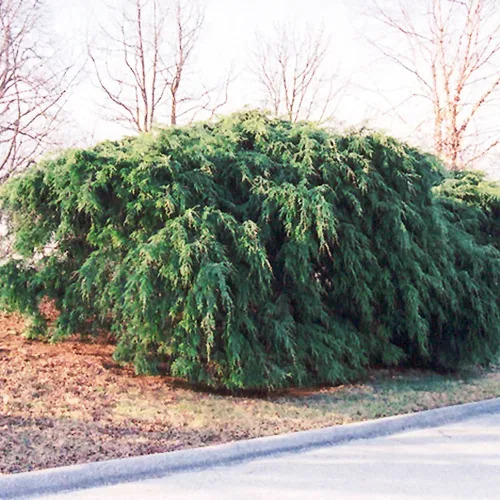
Specimen conifers are always wonderful additions to any garden, giving structure and form year-round, and an important way to give a garden permanence. There are many of these – enough to fill the largest garden – but of them all there is one that captures the imagination of everyone who sees it, from ardent collectors to every admiring of beautiful plants. This famous plant is a unique form of a native tree, connected to the historic days of grand country estates of the rich and famous in the Hudson Valley. Fame aside, Sargent’s Weeping Hemlock remains today the very best weeping evergreen you can plant, and one you will soon cherish. Vigorous and relatively fast-growing, this tree has no central trunk. Instead it forms a graceful mound of trailing branches, developing steadily to be 5 feet tall and 10 to 15 feet across. The grandest old specimens in collections are often double that size. You will love watching it develop into the most outstanding plant in your garden, as it cascades over a wall, down a slope, or, thanks to your help with a stake, grows taller, with outstretched arms bearing garlands of pendulous branches.
Growing Sargent’s Weeping Hemlock
Size and Appearance
Sargent’s Weeping Hemlock is a unique form of the evergreen tree, Canadian hemlock. Instead of growing a central trunk with radiating branches, it grows as a mound of horizontal stems, carrying side branches of foliage that fall vertically. It becomes a cascade of dark green, each plant becoming unique because of its location and any training you choose to do. The branches reach out and then fall, creating a beautiful ‘waterfall’ effect. This plant is not a dwarf, and it will soon rise to about 5 feet tall, or more if staked, and spread up to 10 feet. Large specimens can be 20 or even 30 feet across, and as tall as they have been supported to. The dark gray-brown bark becomes scaly and deeply split with age, although it is often not visible in this tree. The evergreen needles are flattened and dark green on top, silvery green below. They are between ¼ and 1 inch long and cluster in two rows along the stems. New needles in spring are brighter yellow-green. Older trees may carry 1-inch cones in clusters.
Using Sargent’s Weeping Hemlock in Your Garden
This superb specimen conifer deserves a prime spot in your garden. Plant it out on a lawn as a specimen, or trailing over a lawn. Let it cascade down a slope or over boulders. With some support and trimming it can be raised into a umbrella form, suitable for a bed with other shrubs. In warmer areas it could also be grown in a planter or large pot, and of course it would be great for bonsai treatment. When planting in the garden, allow plenty of room for it to mature – about 10 feet from walls, fences and other obstructions would be ideal, but it is possible to control the size with regular pruning.
Hardiness
Because Sargent’s Weeping Hemlock is hardy even in zone 4, it is especially valuable in colder zones. It is also hardy to zone 8, especially where summers are not excessively hot and humid.
Sun Exposure and Soil Conditions
Hemlock is almost unique among conifers for being able to grow in shade. You can plant Sargent’s Weeping Hemlock anywhere from full sun to light full shade, with some partial shade in the afternoons being valuable in all but the coolest areas. It grows well in most soils that are not constantly saturated with water. It has a preference for acid soils, but this is not at all essential. Once established it has moderate resistance to normal summer droughts. Unfortunately, it will not grow well in areas with heavy urban air pollution, so it is not suitable for gardens in the centers of large cities.
Maintenance and Pruning
Water young plants regularly, and older plants during periods of extended dryness. Mulch in spring will preserve soil moisture and provide nutrients too, if you use something rich and organic, like compost. It is generally free of serious pests or diseases if grown in reasonable conditions. The wooly adelgid that has attacked forest trees as far north as Maine can be serious, but it is easily controlled with neem oil spray, should you find it on your tree.
If you want a taller plant, select a vigorous branch close to the center and attach it to a strong tall stake. Use loose ties. Continue to tie up the stem until you reach the height you want, and then allow it to curl over. You can in time remove some lower branches to create space beneath it, or leave it to grow and cascade naturally across the ground.
History and Origin of Sargent’s Weeping Hemlock
Canadian hemlock, Tsuga canadensis, grows through eastern Canada and down into the United States as far as south as Tennessee and Alabama. It is an important tree in the understory of the forests, growing on moist rocky slopes. Forest trees can reach 100 feet, and the tallest tree is 173 feet tall.
In the 19th century the Hudson River Valley was rural, and wealthy New Yorkers built mansions there. Henry Winthrop Sargent, an older cousin of Charles Sprague Sargent, first director of the Arnold Arboretum, built a house and large garden called ‘Wodenethe’ at Fishkill Landing, and gathered there, “the most complete collection of conifers in the USA”. Among his trees was a weeping form of Canadian hemlock, and there exist numerous versions of its origin. The most likely is that it was discovered in the 1850s on land belonging to a farmer called Jefferson Horton, who grew the tree on his property. Pieces were taken at various times by different local gardeners and nursery owners, but it was Sargent’s tree that first became well-known. As for its name, when first formally described it was called ‘pendula’, so that is the official name, but it is also often called ‘Sargentii’.
Buying Sargent’s Weeping Hemlock at the Tree Center
This is a tree that you will treasure, as it grows into an outstanding specimen in your garden. Don’t hesitate to plant it, because it is not hard to grow, but very rewarding. Order right away – collectors are always seeking plants and ours will be gone all too soon.
